Product description
Pytes batteries LiFePO4 5.12 kWh PV storage system
Pytes batteries – storage system:
High-performance lithium iron phosphate (LiFePo4) solar storage system 51.2 V – 5.12 kWh with a 10-year guarantee. Extremely cycle-resistant and durable even with regular deep discharge. Compact modular design with integrated BMS. To achieve the nominal voltage, 16 cells are used here instead of the usual 15. The Pytes E-Box-48100R is a lithium battery of the latest generation. The storage tank was specially developed to fully meet the high demands placed on a solar storage tank today. Thanks to the latest technology, maximum safety and a long service life are guaranteed, even with regular deep discharge. The system has a modular structure and can be tailored to the desired storage capacity by connecting several modules together. Each storage module consists of a high-performance lithium iron phosphate (LiFePO4) battery and an integrated battery management system, BMS for short. This constantly monitors the status of the individual cells and protects them from overcharging, overvoltage and overtemperature, among other things. A premature failure of the memory due to environmental influences or incorrect use is prevented in advance by the BMS.
The extremely high cycle life of the built-in LiFePO4 cells make these Pytes modules the ideal storage solution for photovoltaic systems. Regardless of whether the solar system is grid-connected or an island system, Pytes storage offers a number of advantages over typical lead-acid batteries.
Highest cycle stability and maximum intrinsic safety through the latest LiFePo4 technology
- Extremely cycle-resistant – over 6000 cycles at 90% DoD – service life over 10 years
- Absolutely intrinsically safe lithium technology – lithium iron phosphate / LiFePO4
- Compatible with many available inverters – Often also as an alternative to lead batteries
- For existing and new on- and off-grid solar systems
- High charging and discharging power possible
- Highest security – Integrated BMS in each module
- Very high storage density – low weight and more compact design
- Easy installation thanks to the modular design
- Absolutely maintenance-free and durable
Battery management system in each module
The battery management system, BMS for short, integrated in each module protects each built-in battery cell from harmful influences over the entire service life of the module and premature defects are effectively prevented.
- Protection against deep discharge and overcharging
- Protection against overvoltage when charging
- Protection against excessive currents during charging and discharging
- Protection against over and under temperature
- Protection against short circuit and reverse polarity
- Constant monitoring of the individual cell voltages (cell balance)
A solar storage tank that is really worth it!
Storing electrical energy efficiently and, above all, economically for later use is usually more difficult than expected. All battery technologies are subject to significant natural wear and tear during use. Every kilowatt hour of energy that you draw from a battery reduces the remaining service life and costs you money. Whether and how economical a battery is depends on the investment costs on the one hand and the cycle life on the other.
A battery that is being discharged always loses capacity. How often charging and subsequent discharging can take place until the remaining capacity is too low for the intended use is determined by the cycle stability of the battery type. The number of cycles to be expected is particularly dependent on the regular depth of discharge (DoD – Depth of Discharge). A battery that is regularly discharged down to 10% remaining capacity (90% of the capacity is used) will be able to perform significantly fewer cycles than a battery that is only discharged to 70% (only 30% of the capacity is used).
For example, a cycle-proof lead-acid battery delivers up to 1500 cycles with a regular depth of discharge of 30%. With a regular discharge of 50%, however, only 800 cycles. A deeper regular discharge of more than 50% is not recommended for lead-acid batteries, as the number of possible cycles drops disproportionately.
A lithium battery, on the other hand, can be regularly discharged up to 90% without any problems, without the number of cycles suffering as a result. This fact alone reduces the investment costs for the memory. In order to achieve a usable storage capacity of 5 kWh with a lead battery, a total capacity of 10 kWh must be used. With lithium iron phosphate batteries, only 5.56 kWh total capacity is required for the same usable capacity.
Based on the expected number of cycles and the usable capacity, it is easy to calculate the total amount of energy that you can draw from a battery before it needs to be replaced. If you divide this total amount by the investment costs, you get the costs incurred for the wear and tear of the battery per kilowatt hour drawn. In the following table we have compared some common battery technologies for you.
Technical data of the Pytes memory modules
Technology Lithium Iron Phosphate (LiFePo4)
Rated voltage 51.2V
Operating voltage range 47.5 – 57.6 V
Nominal capacity 100 Ah
Rated energy 5.12 kWh
Device dimensions 440 x 620 x 117 mmm (2.6 U)
Device weight 51 kg
Standard charging current 50 A
Max. charging current 50 A
Standard discharge current 50 A
Max. discharge current 50 A
Energy efficiency >5%
Communication RS232, RS485, CAN
Lifetime > 6000 cycles
Calendar life > 10 years
Operating temperature – 10 to 50 °C
Connection type : parallel connection
Certification IEC62619 / UN38.3 / CE / UL9540A
Storage temperature within :
– 1 month: -20-55 0 Celsius
– 1-3 months: 0-35 0 Celsius
– 3-12 months: 20-25 0 Celsius
Product number: Pytes batteries – 515482
Weight: 51,000

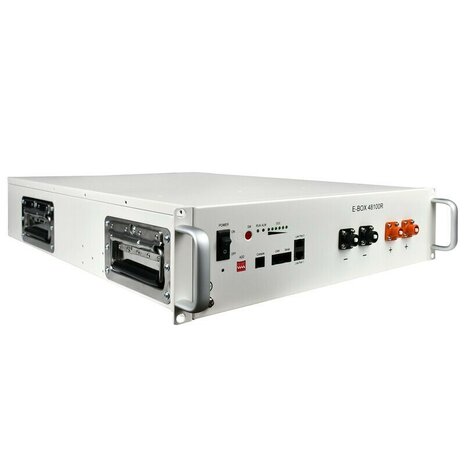

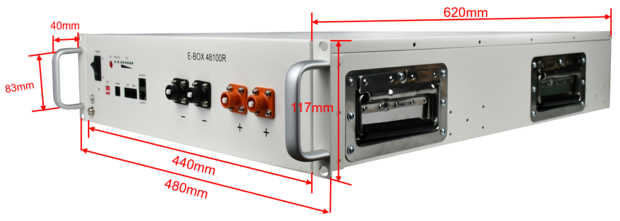
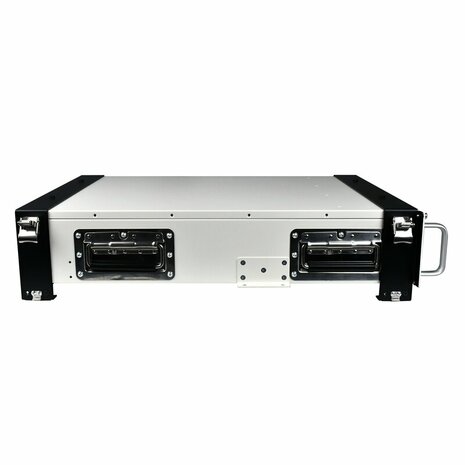
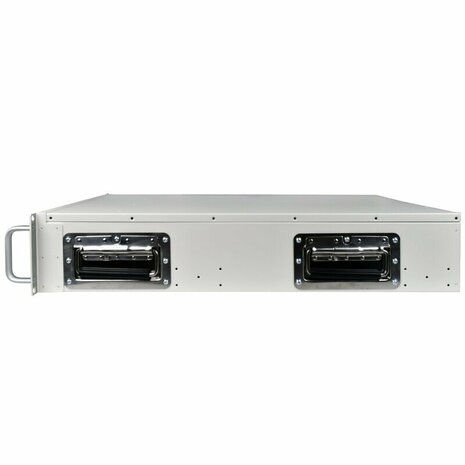





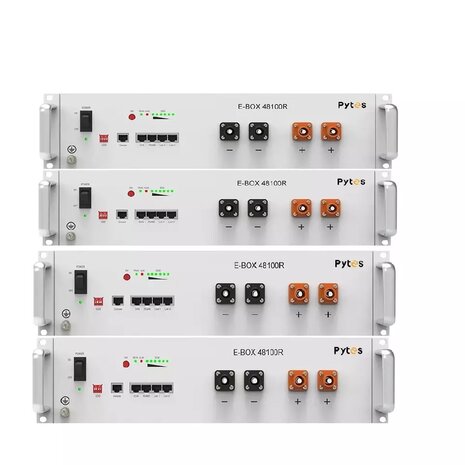
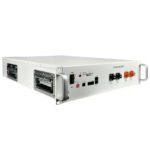


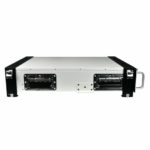
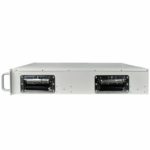
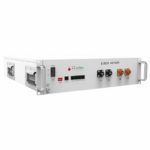



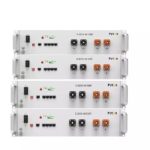
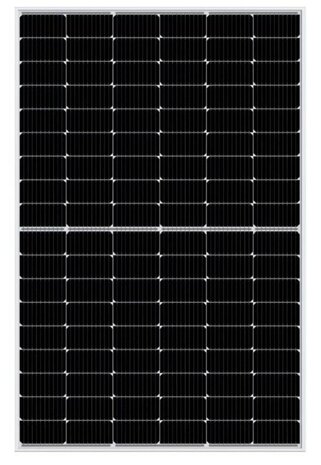



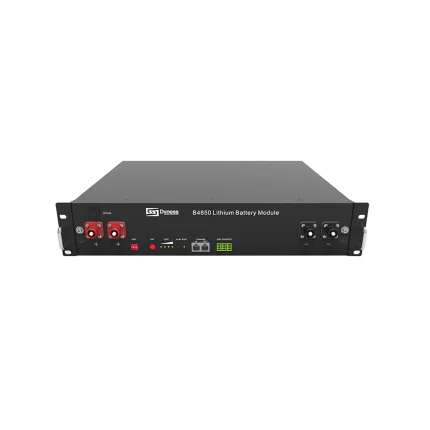
Reviews
There are no reviews yet.